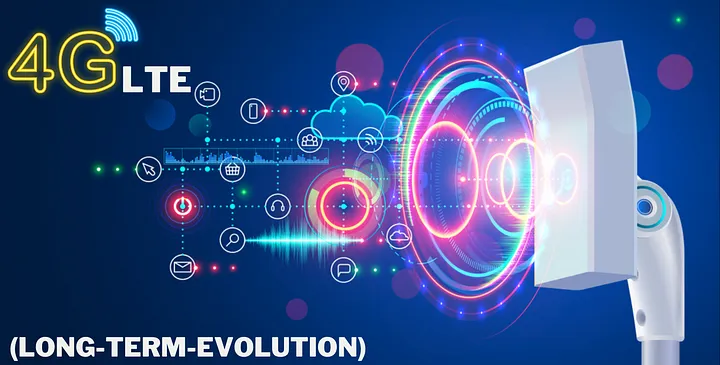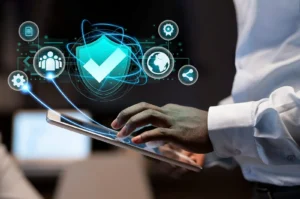In today’s rapidly changing world, remote learning has emerged as a transformative force in education. With advancements in technology and the growing need for flexible learning options, educators, students, and institutions are embracing the opportunities and challenges presented by remote learning. This collection of articles aims to provide a comprehensive understanding of remote learning in education, gradually delving into its technical intricacies and practical applications.
- What is Remote Learning in Education?
Remote learning in education refers to the process of delivering educational content and facilitating learning experiences through digital means, enabling students and teachers to connect and engage in virtual classrooms regardless of their physical locations. It leverages various technologies, such as internet connectivity, collaboration tools, and multimedia resources, to recreate traditional learning environments in a remote setting.
- How does Remote Learning in Education apply to local LTE?
Local LTE (Long-Term Evolution) plays a crucial role in enabling effective remote learning experiences. LTE networks, traditionally associated with mobile communication, can be adapted to support local connectivity within educational institutions. This allows for seamless access to online learning platforms, video conferencing, and other collaborative tools, even in areas with limited internet infrastructure.
- What are the roles of Local LTE in Remote Learning in Education?
Local LTE networks provide a reliable and secure infrastructure for delivering educational content and ensuring uninterrupted connectivity. They enable students and teachers to access digital resources, engage in real-time interactions, and participate in virtual classrooms with reduced latency and enhanced data transfer speeds. Local LTE networks also offer scalability, enabling educational institutions to accommodate a growing number of connected devices and users.
- What are the use cases for Remote Learning in Education?
Remote learning in education has a wide range of applications across different contexts. It facilitates distance learning programs, allowing students to pursue education remotely, regardless of geographical constraints. It also enables hybrid learning models, where a combination of in-person and remote instruction is implemented. Additionally, remote learning supports lifelong learning initiatives, professional development courses, and collaborative research efforts.
- What is the mechanism behind Remote Learning in Education, and why is it required?
Remote learning relies on a combination of technologies and infrastructure to function effectively. It requires internet connectivity, hardware devices such as computers or tablets, collaboration software, learning management systems, and multimedia resources. These components work together to facilitate seamless communication, content delivery, and interactive learning experiences between educators and learners. Remote learning is essential for ensuring educational continuity during unforeseen circumstances, such as natural disasters, health crises, or individual circumstances that prevent physical attendance at educational institutions.
- How does Local LTE enhance connectivity in remote learning?
Local LTE networks provide reliable and high-speed connectivity within educational institutions, ensuring seamless access to online learning platforms, digital resources, and collaboration tools. By reducing dependence on external internet service providers, Local LTE minimizes connectivity disruptions, latency issues, and bandwidth limitations, enabling a smoother learning experience for students and educators.
- What advantages does Local LTE offer over traditional internet connections for remote learning?
Local LTE offers several advantages over traditional internet connections in the context of remote learning. It provides better control over network management and security, allowing educational institutions to prioritize educational traffic and protect sensitive data. Moreover, Local LTE networks can be tailored to meet specific educational requirements, ensuring consistent connectivity and optimized performance for distance learning initiatives.
- How does Local LTE support scalability in remote learning?
One of the key benefits of Local LTE networks is their scalability. Educational institutions can expand their network infrastructure to accommodate an increasing number of connected devices and users without compromising performance. This scalability is particularly crucial for handling the growing demand for remote learning, as it ensures that network capacity keeps pace with the evolving needs of students, teachers, and support staff.
- Can Local LTE be used in areas with limited internet infrastructure?
Yes, Local LTE can be a valuable solution for areas with limited internet infrastructure. By establishing a local LTE network, educational institutions can provide internet connectivity within their premises, even in regions where reliable internet access is scarce or expensive. This enables students and teachers to access online resources, engage in virtual classrooms, and participate in collaborative activities, bridging the digital divide and extending educational opportunities to underserved communities.
- How does Local LTE contribute to data security and privacy in remote learning?
Data security and privacy are critical considerations in remote learning. Local LTE networks offer enhanced security features, such as encryption protocols and access controls, to safeguard sensitive educational data. By keeping data within the institution’s network, Local LTE reduces the risks associated with transmitting information over public internet connections, ensuring a safer environment for online learning activities.
- Can Local LTE support multimedia-rich content in remote learning?
Yes, Local LTE networks are well-suited for supporting multimedia-rich content in remote learning. These networks provide higher bandwidth and lower latency, enabling seamless streaming of videos, interactive multimedia applications, and virtual reality experiences. This capability enhances the quality of educational content and promotes engaging learning experiences that mimic traditional classroom settings, even when students are physically dispersed.
In conclusion, remote learning in education is revolutionizing the way we approach teaching and learning. With the aid of technologies like local LTE networks, educational institutions can overcome connectivity challenges, enhance data security, and provide a robust foundation for remote learning initiatives. Local LTE networks offer reliable connectivity, scalability, and optimized performance, ensuring uninterrupted access to online resources, collaboration tools, and multimedia content. Moreover, local LTE networks enable educational institutions to bridge the digital divide and extend educational opportunities to underserved communities. By delving into the technical intricacies and practical applications of remote learning in education, this article collection aims to equip readers with the knowledge necessary to navigate this evolving landscape and harness the full potential of remote learning.




